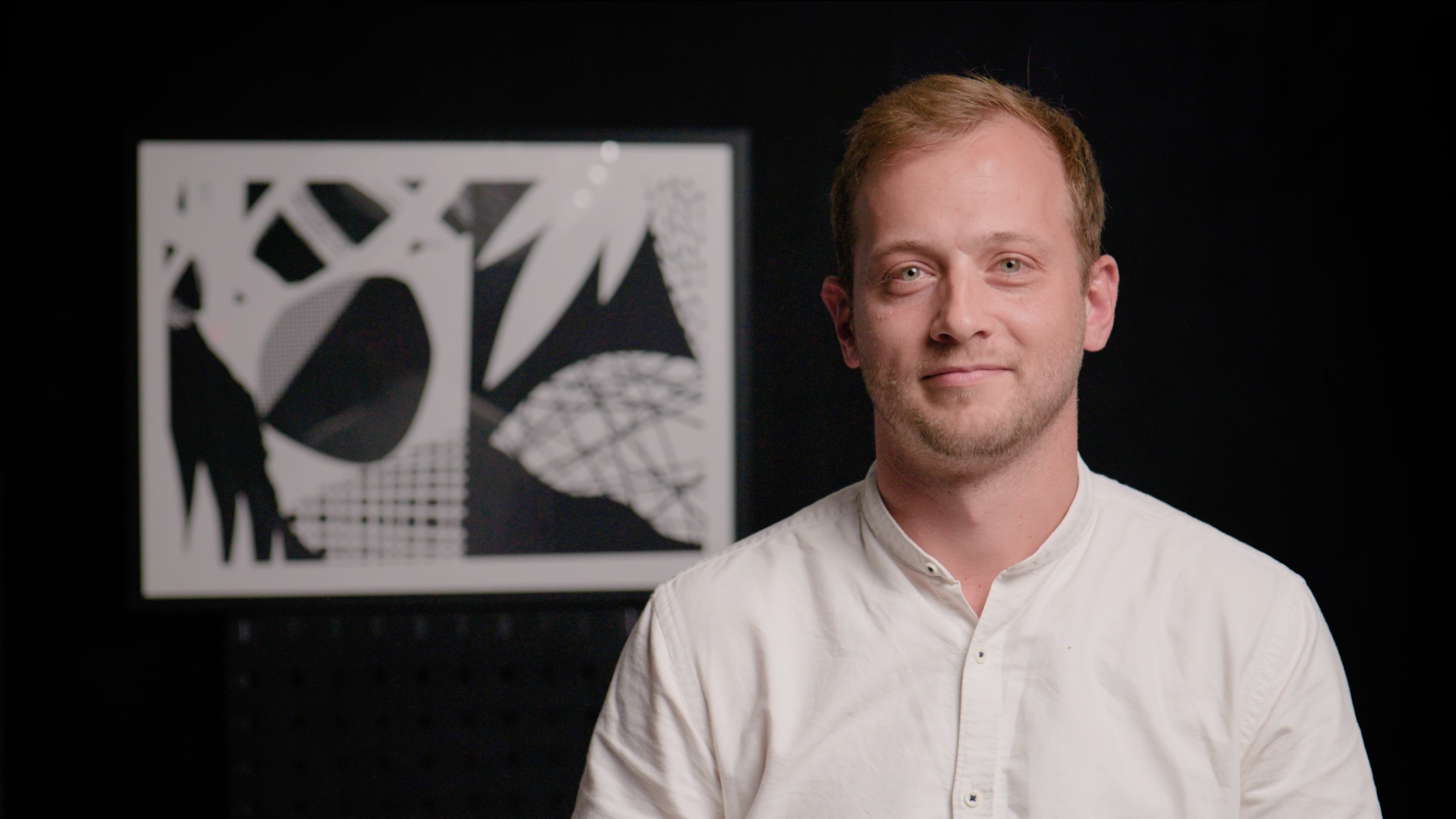
How to Access Carbon Credits

Sam Hope
5 years: Carbon Markets
After selecting your carbon credit, you need to figure out a buying strategy. Join Sam Hope as he explores what the best strategies are according to volume.
After selecting your carbon credit, you need to figure out a buying strategy. Join Sam Hope as he explores what the best strategies are according to volume.
Subscribe to watch
Access this and all of the content on our platform by signing up for a 7-day free trial.

How to Access Carbon Credits
5 mins 35 secs
Key learning objectives:
Outline the buying strategies for carbon credits
Identify the advantages and disadvantages of each strategy
Understand where to buy credits according to volume
Overview:
The spot market has been the primary route to market utilised by carbon credit buyers. This route means that credits purchased are those that have already been issued to a developer or reseller account and can be transferred or retired. Credits can also be purchased via forward contracts where there is an agreement between the buyer and seller to purchase a quantity of credits at a future date and specified price. Lastly, you can invest directly into a project’s development, which offers the closest relationship an organisation can have to its supply of offsets.
Subscribe to watch
Access this and all of the content on our platform by signing up for a 7-day free trial.
What are the 3 buying strategies for carbon credits?
1. Spot market
The spot market has been the primary route to market utilised by carbon credit buyers. This route means that credits purchased are those that have already been issued to a developer or reseller account and can be transferred or retired. Spot carbon credit purchases can be made in a wide range of places.
2. Forward contracts
Credits can be purchased via forward contracts where there is an agreement between the buyer and seller to purchase a quantity of credits at a future date and specified price. Forward purchases can be made through carbon trading companies or directly with project developers. This method usually fits the needs of large entities with large market exposure. This is becoming a more popular buying strategy due to the stronger relationship with the project and is particularly relevant to buying carbon removal credits for a net zero timeline.
3. Project development investment
Investing directly into a project’s development offers the closest relationship an organisation can have to its supply of offsets. The business can be very specific in the project criteria it wishes to select and offers the possibility to align certain corporate goals for stronger marketing and stakeholder management.
What are the advantages and disadvantages of each strategy?
1. Spot market
Advantages
- Finance is not typically at risk
- Funds and credits are transferred quickly so credit risk is very limited or non-existent
- Purchasing can be made as and when necessary
- Beneficial to companies who need flexibility
Disadvantages
- Exposure to what is available in the market
- Preferred type of carbon credits may not be available
- Pricing could be inflated
2. Forward contracts
Advantages
- Guaranteed volumes of desired projects
- Hedge against price rises
- No upfront costs
Disadvantages
- Price declines can result in overpaying market rate
- Delivery risk if credit don't materialise (e.g. due to project performance or force majeure)
3. Project development investment
Advantages
- Provides the best cost per credit ratio
- Protection against market price fluctuations
- Requires upfront capital
- Long lead time before credit issuance
Disadvantages
- Project failure
Depending on volume, where should you buy your credits?
- For small volume purchases (e.g. 10 tonnes) retailers provide the best access to market and supporting materials
- Medium volume purchases (e.g. 1000+ tonnes) exchange platforms can help businesses access a good level of choice at near wholesale market prices
- Large volume purchases (e.g. 10,000+ tonnes) it may be possible to access project developers directly
Subscribe to watch
Access this and all of the content on our platform by signing up for a 7-day free trial.

Sam Hope
There are no available Videos from "Sam Hope"





























